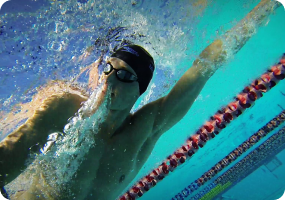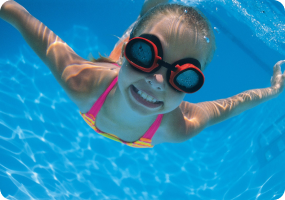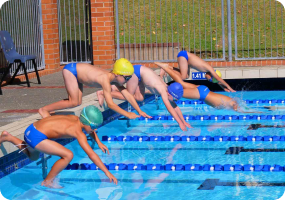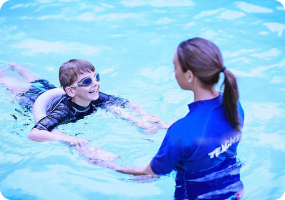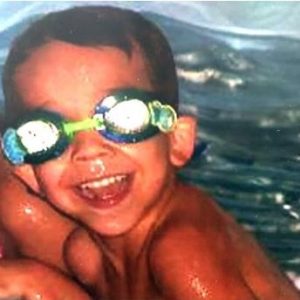Mission Statement
Logan was my very rambunctious 4-year-old son. He and his brother had been in and around water since infancy. They were both adept in the water. He had earned pool time after having a five-star day at preschool. This was the first time Logan and seven-year-old brother Reece were left in the care of the nanny during pool time. I was away from the house for less than 30 minutes. Upon my return I found my seven-year-old son distraught on the driveway. He cried out that Logan wasn’t breathing. Logan had been pulled out of the water, but the nanny had not started CPR. It is unknown how long Logan had been in the water. I began CPR before EMS arrived; Logan was taken to a local emergency department and was then life-flighted to Omaha Children’s Hospital. Within 24 hours he was found to have suffered brain death and removed from life support. He gave hope to others through organ donation.
Ready To Learn
Drowning is 100% preventable
Yet, drowning remains the number one cause of unintentional death for children ages one through four and the second leading cause for children under the age of fourteen.
Talk to your children about ow to be safe in, on and around water to prevent a water-related emergency. As early as six months, parents should begin helping kids view water safety as a standard safety measure, “like buckling up a seatbelt, or looking both ways before crossing the street.” Child seat safety education has helped reduce the number of traffic fatalities among children, we need to incorporate water safety conversations and habits into our daily lives.

